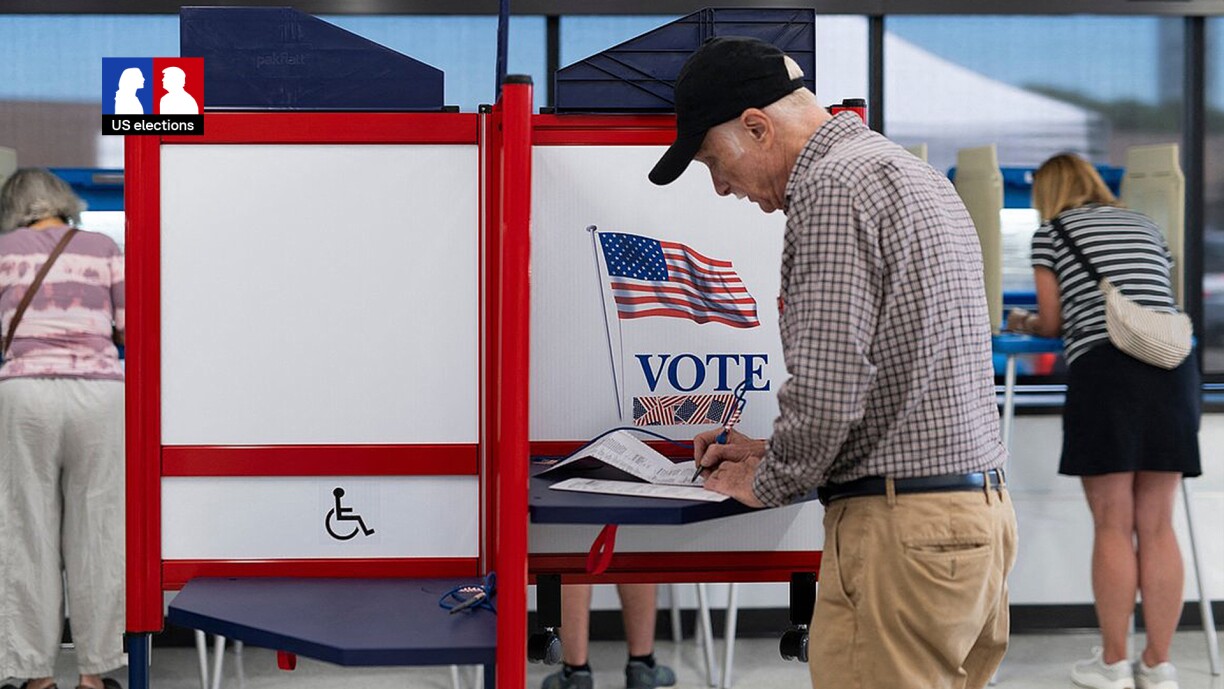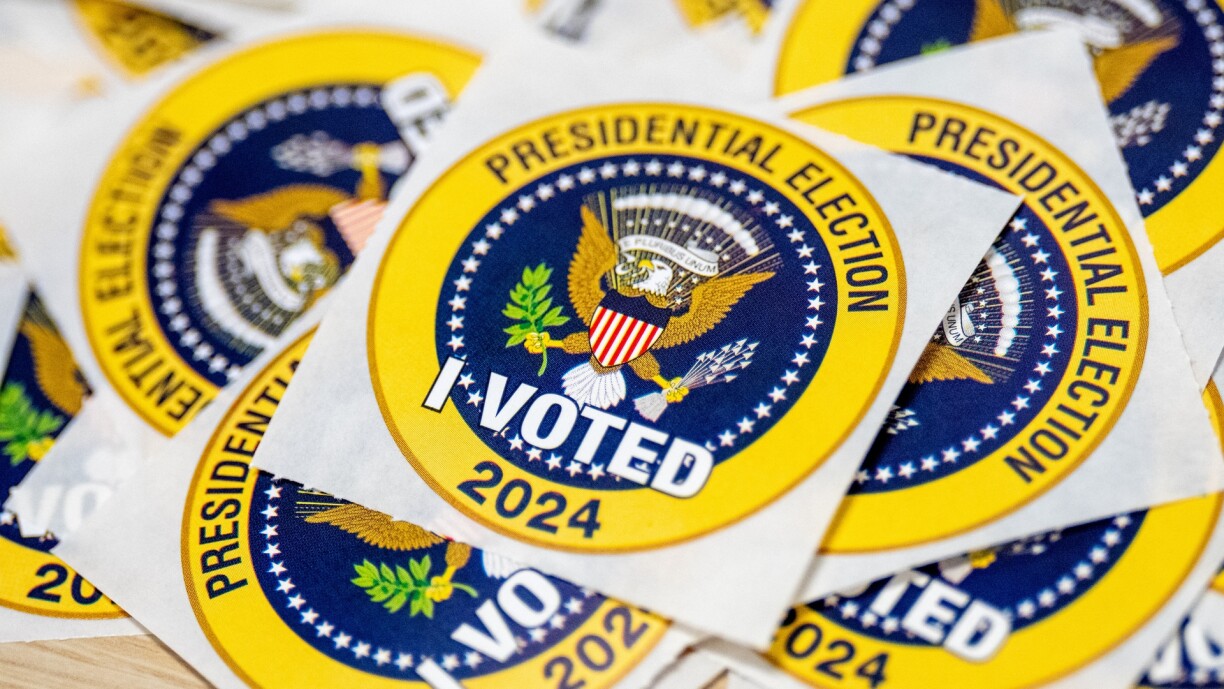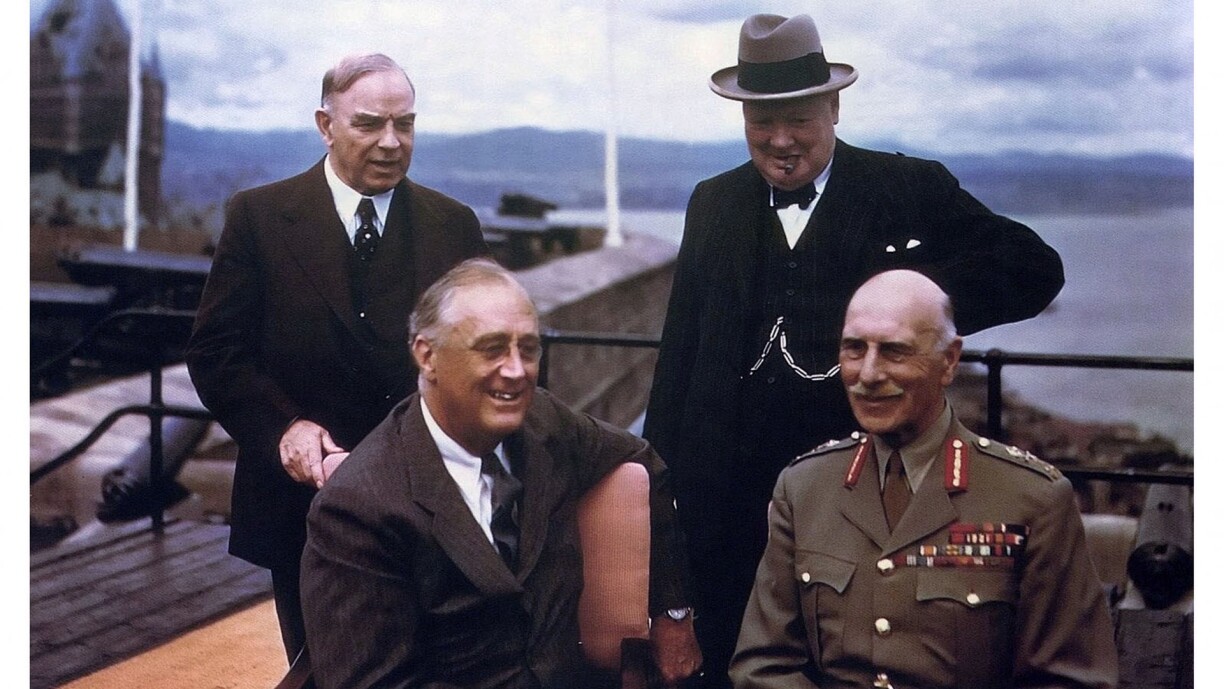
Voters, pundits, and global observers are gearing up for what promises to be another defining moment in modern American history. With election day just around the corner, this first instalment in our explainer series delves into the key processes, traditions, and rules that shape the election.
From understanding the complexities of voter registration and mail-in ballots to exploring the eligibility criteria for presidential candidates and the transfer of power, we provide a comprehensive guide to navigating the US electoral system and the race for the White House, which could bring significant changes to the political landscape.
First things first: when is the 2024 US presidential election taking place?
As per tradition, or rather as stipulated by US election law, voters will head to the polling stations on “Tuesday next after the 1st Monday in November” of an election year, which in 2024 will be Tuesday, 5 November. This is largely due to the practical concerns of 19th-century America, which was predominantly rural and agrarian.
How are people voting?
Those able to vote in person will head to the polling stations on election day. Before they can do so, however, voters have to register. The exact requirements and procedures vary by state, but generally, citizens must be at least 18 years old, a resident of their state, and meet other criteria like not being a felon (depending on state laws). Registration can be done online, by mail, or in person at designated government offices. And some states even allow for same-day registration at polling places.
Once registered, voters are assigned a polling location in their respective voting district, which further subdivide each state. For those opting to vote in person, this is where they will head come election day. The polling stations are usually set up in public buildings, like schools or libraries, and are operated by volunteers. After casting their vote, people may then participate in the so-called exit polls, which allow for early and more or less accurate projections ahead of the actual vote count.
While 5 November is considered the official election day, parts of the voting process are in fact already completed beforehand. Absentee and mail-in ballots, for which people can register if they know that they will not be able to vote in person, can be filled out up to three weeks ahead of election day. However, these ballots are still only processed on election day itself, even if sent ahead of time.
Aside from casting their vote for president on 5 November, people will, depending on their home state, also help decide additional races, including all 435 seats in the House of Representatives and 34 of the 100 seats in the Senate, as both bodies are up for regular elections. Additionally, many states will hold gubernatorial elections, with 11 states electing new governors. Numerous state legislatures, local offices, and various ballot measures on issues such as taxes, healthcare, and education will also be decided on that day.

Who can run for the highest office in the country?
While the United States pride themselves in the notion of the ‘American Dream’ by which every person has the freedom and opportunity to come to the States and succeed, there are certain limitations to be noted when it comes to aiming all the way up to the US presidency.
For one, only natural-born citizens can throw their hats in the race, meaning that a person has to be born a US citizen to be eligible to run for the Oval Office. This makes the presidency different from other positions, like governorships for instance, where somebody like Arnold Schwarzenegger is eligible to run despite not having been born in the States.
US presidential candidates must also be at least 35 years of age on the day of the eventual inauguration, which usually takes place around 10 weeks after election day. This is the highest age requirement in the US political system, with house representatives mandated to be at least 25 years and senators at least 30. There is no upper age limit for any of these positions.
Finally, any presidential candidate must have resided in the US for at least 14 years. These three criteria not only apply to the presidential candidates, but also for their running mate, who, in case of victory, will assume the role of vice president on inauguration day.
How often can a person be president?
Since George Washington, the first US President, decided not to seek a third term, it has long been believed that two terms should be the limit for any president. This was however not put into law until much later in time.
In fact, Franklin D Roosevelt became the first-ever US President to serve four terms, in the midst of the Great Depression and World War II from 1933–1945 when he died in office. The two-term limit as known in modern times was only instituted in 1951 through the 22nd Amendment to the US Constitution.

When does the new president take the oath of office?
The time between election day and the presidential inauguration is commonly known as the peaceful transfer of power. During this time, the winner is usually referred to as the ‘president-elect’. 2025 will thus mark the 60th inauguration in US history, with the winner of the 2024 election taking the oath of office in front of the US Capitol on 20 January.
The inauguration has in recent years grown to be an ever-more festive event, including live music and inspiring speeches by notable guests. The highlight of the event, however, is the swearing-in ceremony, followed by the presidents first address to the nation. In this speech, presidents usually strike a unifying tone and seek to lay out their vision for the upcoming four years. On 20 January 2025, this message will come from either Kamala Harris or Donald Trump.